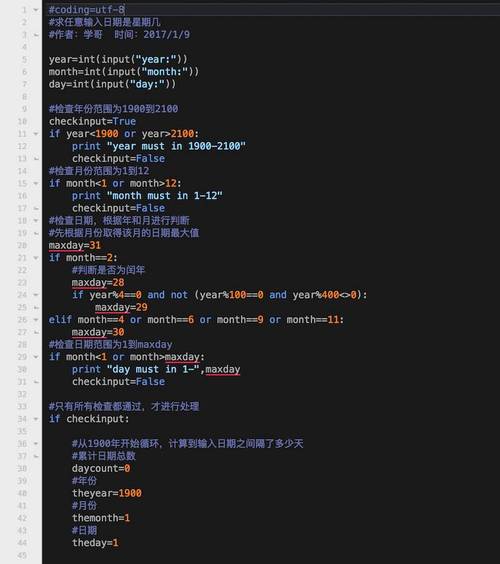
Springboot
一、介绍 1.优势 ①创建独⽴的 Spring 应⽤程序 ②嵌⼊的 Tomcat,⽆需部署 WAR ⽂件 ③ 简化 Maven 配置 ④⾃动配置 Spring ⑤提供⽣产就绪型功能,如指标,健康检查和外部配置 2.特性 ①为基于 Spring 的开发提供更快的⼊⻔体验 ②开箱即⽤,没有代码⽣成,也⽆需 XML 配置。同时也可以修改默认值来满⾜特定的需求 ③提供了⼀些⼤型项⽬中常⻅的⾮功能特性,如嵌⼊式服务器、安全、指标,健康检测、外部配置等 ④Spring Boot 并不是对 Spring 功能上的增强,⽽是提供了⼀种快速使⽤ Spring 的⽅式 二、搭建springboot项目 通过spring initializr创建spring boot项⽬选择
选择spring boot的版本号和所需要的依赖
三、如何访问前端页面
引⼊所需的依赖
<dependency> <groupId>org.springframework.boot</groupId> <artifactId>spring-boot-starter-thymeleaf</artifactId> </dependency> <dependency> <groupId>org.springframework.boot</groupId> <artifactId>spring-boot-starter-web</artifactId> </dependency>2.编写Controller就可以了
@Controllerpublic class DemoController { @RequestMapping("index") public String index(String name, Model model) { model.addAttribute("name", name); return "index"; }}3前端界面
<!DOCTYPE html> <html lang="en"> <head> <meta charset="UTF-8"> <title>项⽬⾸⻚</title></head> <body> <h1>第⼀个⻚⾯</h1> <div th:text="${name}"></div></body></html>四、怎么读取后端的值 通过Model可以设置这个值 可以通过模板引擎读取值
<div th:text="${name}"></div>五、介绍配置⽂件 1.yml ---------------注意yml要严格区分格式,空格数要对!
server: port: 8080 servlet: context-path: /api2properties
server.port=8085server.servlet.context-path=/springboot
六、项⽬打包 在终端输入:mvn clean package 运⾏java -jar jar包
mvn clean package 在target⽬录下⽣成⼀个jar包 如果想启动这个项⽬只要有java环境就可以了 java -jar jar包 启动项⽬指定参数 java -jar -Dserver.port=8082 jar包 springboot读取配置的顺序
启动参数上的配置 jar包⽬录下config/application.properties classpath:application.properties classpath:application.yml 七、集成jdbcTemplate 1.引⼊依赖 <!-- 添加mysql jdbc依赖 --> <dependency> <groupId>mysql</groupId> <artifactId>mysql-connector-java</artifactId> </dependency> <!-- 添加springboot jdbcTemplate依赖 --> <dependency> <groupId>org.springframework.boot</groupId> <artifactId>spring-boot-starter-jdbc</artifactId> </dependency> 2添加配置文件
spring: datasource: driver-class-name: com.mysql.cj.jdbc.Driver url: jdbc:mysql://localhost:3306/erp16? useUnicode=true&characterEncoding=UTF-8 username: root password: root dbcp2: max-idle: 20 min-idle: 10 3 注入jdbcTemplate执行sql语句
@Controller @AllArgsConstructor public class DemoController { private final JdbcTemplate jdbcTemplate; @RequestMapping("index") public String index(String name, Model model) { model.addAttribute("name", name); return "index"; } @RequestMapping("user") public String test() { List<Map<String, Object>> list = jdbcTemplate.queryForList("select * from t_user"); System.out.println(list); return "user"; } } 4 前端渲染
<!DOCTYPE html> <html xmlns:th="" lang="ch"> <head> <meta charset="UTF-8"> <title>⽤户界⾯</title> </head> <body> ⽤户界⾯ <table> <thead> <tr> <th>id</th> <th>⽤户名</th> <th>密码</th> </tr> </thead> <tbody> <tr th:each="item:${list}"> <td th:text="${item.id}"></td> <td th:text="${item.username}"></td> <td th:text="${item.password}"></td> </tr> </tbody> </table> </body> </html>
Springboot